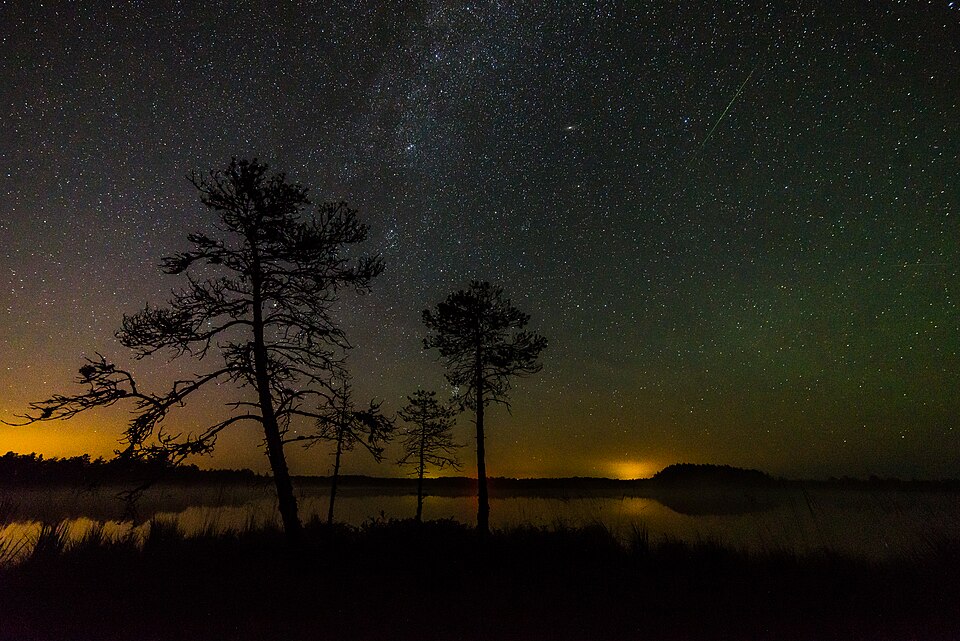Perseid Meteor Shower: A Disappointment for Australia and New Zealand

The annual Perseid meteor shower, celebrated as one of the most spectacular celestial events, is approaching its peak, but for stargazers in Australia and New Zealand, it may be a disappointing experience. The Perseids, which typically peak around August 12, are renowned for their bright meteors, but their visibility is severely limited in the Southern Hemisphere due to geographical factors.
According to Dr. Jonti Horner, Professor of Astrophysics at the University of Southern Queensland, the Perseid radiant—the point in the sky from which the meteors appear to originate—remains below the horizon for observers south of 32 degrees latitude. This geographic limitation means that for the vast majority of Australians and New Zealanders, witnessing this meteor shower is virtually impossible.
"The radiant of the Perseids is positioned such that it never rises above the horizon for observers in Australia. Thus, the Perseids will be a spectacular disappointment for most in this region," Dr. Horner stated.
The Perseids are linked to comet 109P/Swift-Tuttle, which orbits the Sun approximately every 133 years, shedding debris that creates the meteor shower when Earth passes through this material each August. However, in the decades since the comet's last close approach in 1992, the frequency of meteors during the Perseid peak has diminished.
While the Perseids are often touted as the best meteor shower of the year, their status has shifted over time. Dr. Horner notes that the Geminids, which peak in December, are now considered to produce a higher meteor count and are more favorable for viewing from the Southern Hemisphere.
For those in Australia and New Zealand hoping for a celestial spectacle, Dr. Horner recommends focusing on other meteor showers that are more accessible. The Eta Aquariids, peaking in early May, and the Southern Delta Aquariids and Alpha Capricornids, peaking at the end of July, offer better viewing opportunities. In particular, the Geminids in December, which reach their peak around the 14th and 15th, promise a much more impressive display, visible across the southern continent.
The limitations on Perseid visibility highlight a broader issue concerning public understanding of astronomical events, often amplified by social media and sensationalist reporting. As Dr. Horner points out, the excitement surrounding the Perseids can lead to unrealistic expectations for those in regions where viewing is not feasible.
In conclusion, while the Perseids may capture attention globally, observers in Australia and New Zealand would do well to mark their calendars for other meteor showers that offer a more rewarding experience.
In the realm of celestial events, it’s essential to align expectations with geographic realities, ensuring that stargazers can truly enjoy the wonders of the night sky, rather than face disappointment.
Advertisement
Tags
Advertisement





